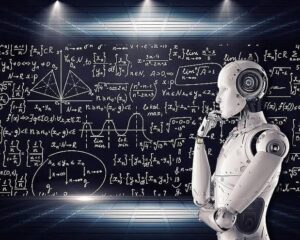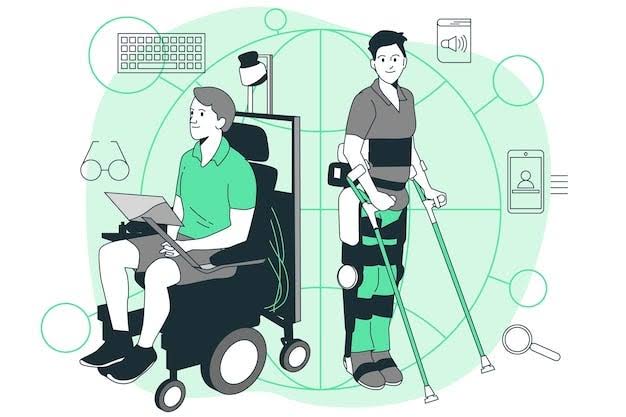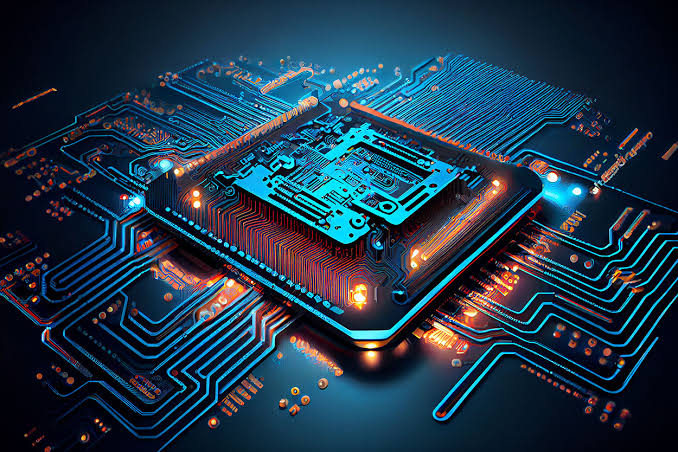Artificial Intelligence (AI) has become a cornerstone of technological innovation, reshaping the way modern gadgets operate and interact with users. This comprehensive exploration covers the various roles of AI in contemporary devices, focusing on its influence across smartphones, smart home devices, wearables, and autonomous vehicles. Each section delves into how AI enhances functionality, improves user experience, and forecasts future advancements.
Artificial Intelligence in Smartphones
Enhancing Camera Functionality
Automatic Scene Recognition
AI-powered cameras in smartphones use machine learning algorithms to recognize different scenes and subjects. By analyzing the image content, the camera adjusts settings such as exposure, contrast, and color balance to optimize the photo quality. This capability ensures that users capture high-quality images regardless of their photography skills.
Portrait Mode and Low-Light Optimization
AI algorithms enhance portrait mode by creating a natural bokeh effect that blurs the background while keeping the subject in sharp focus. In low-light conditions, AI processes multiple frames to reduce noise and improve clarity, resulting in brighter and more detailed images.
Facial Recognition and Security
Facial recognition technology leverages AI to identify and authenticate users. The system uses deep learning models to map facial features and compare them with stored data. This method provides a secure and convenient way to unlock smartphones, with AI continuously adapting to changes in appearance for increased accuracy.
Virtual Assistants
Natural Language Processing
Virtual assistants like Siri, Google Assistant, and Alexa utilize AI-driven natural language processing (NLP) to understand and respond to user commands. NLP models interpret spoken language, allowing users to interact with their devices using natural, conversational speech.
Personalization and Learning
AI enables virtual assistants to learn from user interactions and preferences over time. This learning capability allows the assistants to offer more accurate responses, provide tailored recommendations, and adapt to individual needs, enhancing the overall user experience.
Artificial Intelligence in App Functionality
Predictive Text and Autocorrect
AI improves text input by predicting words and correcting typos in real-time. Predictive text algorithms analyze previous typing patterns and context to suggest appropriate words and phrases, making communication more efficient and accurate.
Context-Aware Notifications
AI helps manage notifications by analyzing user behavior and app usage patterns. It prioritizes notifications based on relevance and urgency, reducing distractions and ensuring that important information is delivered in a timely manner.
Artificial Intelligence in Smart Home Devices
Intelligent Climate Control
Learning Thermostats
Smart thermostats, such as the Nest Learning Thermostat, use AI to learn user preferences and adjust temperature settings accordingly. The device creates a personalized schedule based on historical data and environmental conditions, optimizing energy consumption and enhancing comfort.
Adaptive Climate Management
AI algorithms analyze data from multiple sensors to adapt climate control settings dynamically. This capability ensures that temperature adjustments are made in response to changes in weather, occupancy, and user preferences, providing a more comfortable living environment.
Smart Speakers and Home Automation
Voice Control and Natural Language Understanding
AI-driven smart speakers use advanced voice recognition and natural language understanding to execute commands. These devices can control other smart home gadgets, play music, set reminders, and answer questions based on voice inputs, creating a centralized control hub for the home.
Contextual Awareness and Learning
Smart speakers learn from user interactions to better understand context and preferences. This learning allows the devices to offer more relevant responses and anticipate user needs, making interactions with smart home systems more intuitive.
Enhanced Security Systems
AI-Powered Surveillance
Smart cameras and doorbells equipped with AI use computer vision to detect and recognize faces, monitor unusual activities, and differentiate between potential threats and routine events. This technology enhances home security by providing real-time alerts and reducing false positives.
Behavioral Analysis and Alerts
AI analyzes patterns in video footage to identify abnormal behavior or potential security breaches. By continuously learning from surveillance data, AI systems improve their ability to detect and respond to threats, providing greater peace of mind for homeowners.
Artificial Intelligence in Wearable Technology
Health Monitoring and Fitness Tracking
Personalized Health Insights
Wearable devices like smartwatches and fitness trackers use AI to monitor various health metrics, including heart rate, sleep quality, and physical activity. AI algorithms analyze this data to provide personalized health insights and recommendations, helping users maintain and improve their well-being.
Predictive Health Alerts
AI-driven wearables can detect irregularities in health metrics and issue alerts if potential issues are detected. For example, they may identify abnormal heart rhythms or signs of sleep disorders, allowing users to seek medical attention proactively.
Enhanced User Interaction
Voice Recognition and Gesture Control
Wearables incorporate AI to enable voice commands and gesture-based controls. These features enhance user interaction by allowing hands-free operation and intuitive navigation of device functions, improving the overall user experience.
Adaptive Fitness Guidance
AI-powered fitness trackers provide customized workout plans based on individual performance data and fitness goals. The devices continuously adjust recommendations based on user progress and feedback, ensuring that fitness routines remain effective and engaging.
Artificial Intelligence in Autonomous Vehicles
Navigation and Decision-Making
Sensor Integration and Data Processing
Autonomous vehicles rely on AI to process data from various sensors, including cameras, radar, and lidar. AI algorithms analyze this data to make real-time driving decisions, such as navigating roads, avoiding obstacles, and adjusting speed.
Object Detection and Recognition
AI enhances vehicle safety by detecting and recognizing objects such as pedestrians, other vehicles, and road signs. Machine learning models are trained to identify these objects accurately and respond appropriately, ensuring safe and efficient driving.
Vehicle-to-Everything (V2X) Communication
Traffic Management and Safety
AI facilitates communication between vehicles and infrastructure to improve traffic management and safety. V2X technology enables vehicles to exchange information about road conditions, traffic signals, and potential hazards, contributing to smoother traffic flow and reducing congestion.
Predictive Driving Assistance
AI predicts and responds to dynamic driving conditions, such as changes in traffic patterns or sudden road hazards. By analyzing historical data and real-time inputs, AI systems enhance driving safety and optimize route planning.
The Future of Artificial Intelligence in Gadgets
Advancements and Innovations
Seamless Integration and Contextual Awareness
Future gadgets are expected to integrate AI more seamlessly into everyday objects, enhancing their contextual awareness and adaptability. AI will enable devices to anticipate user needs, provide more personalized experiences, and interact in increasingly human-like ways.
Enhanced Predictive Capabilities
AI will likely improve its predictive capabilities, allowing gadgets to offer even more precise recommendations and proactive adjustments. This advancement could lead to more intuitive and efficient interactions with technology.
Expanded Applications and Integration
As AI technology evolves, its applications will expand to new domains, including smart cities, advanced robotics, and more sophisticated personal assistants. The integration of AI across various devices and systems will drive further innovation and enhance the overall quality of life.
In conclusion, AI has significantly advanced the functionality and user experience of modern gadgets. From smartphones and smart home devices to wearables and autonomous vehicles, AI’s role is crucial in enhancing performance and shaping the future of technology. As AI continues to develop, its impact on gadgets will grow, leading to even more transformative changes in how we interact with and benefit from technology.



